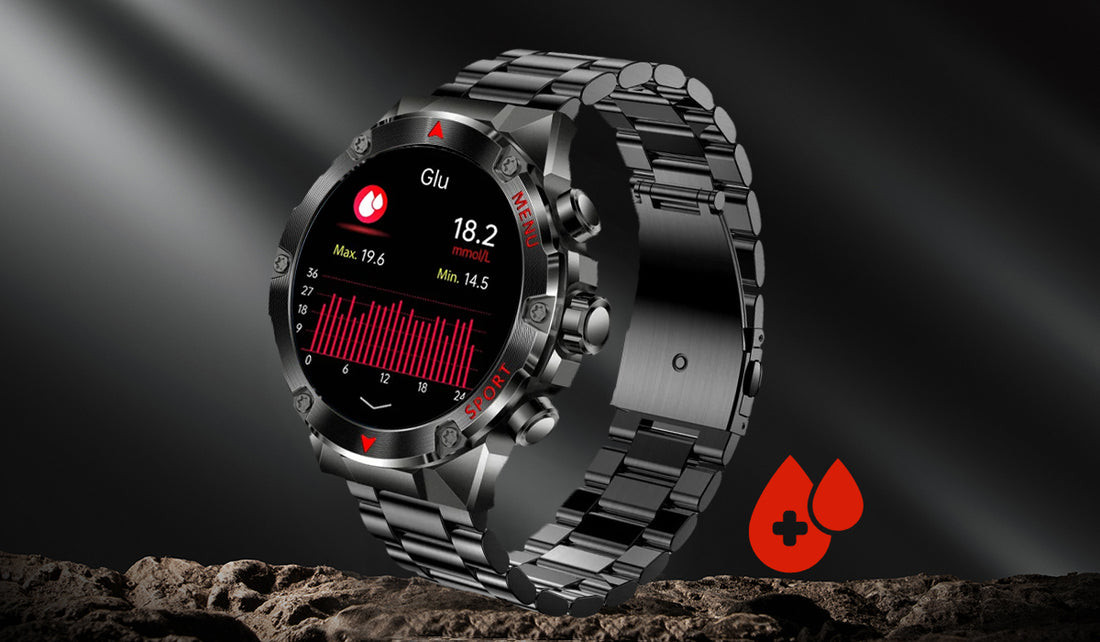Jeder von uns sollte zur Untersuchung ins Krankenhaus gehen. Am Tag vor der Untersuchung wird der Arzt Sie anweisen, am nächsten Tag nicht zu frühstücken. Daher messen wir bei der Untersuchung im Krankenhaus den Nüchternblutzucker. Bedeutet ein normaler Nüchternblutzucker, dass ich keinen Diabetes habe? Welche Warnsignale für Diabetes gibt es neben dem Blutzuckerspiegel?
1. Wissen Sie wirklich über Diabetes Bescheid?Die Häufigkeit von Diabetes ist sehr hoch. Dies liegt hauptsächlich an der Insulinsekretion des Körpers oder an Insulinsekretionsdefekten, die durch Stoffwechselstörungen von Zucker, Protein und Fett verursacht werden. Dies führt zu einem chronischen Anstieg des Blutzuckerspiegels und akuten und chronischen Organschäden im menschlichen Körper. Diabetes hat viele Komplikationen und betrifft jedes Organ von Kopf bis Fuß. Beispiele hierfür sind Retinopathie, diabetische Nephropathie, diabetische zerebrovaskuläre Erkrankung, koronare Herzkrankheit, Myokardinfarkt, makrovaskuläre Erkrankung der unteren Extremitäten und Neuropathie. Dies führt zu Sehverlust, Blindheit, diabetischem Fuß und sogar Amputationen. Die Invaliditätsrate ist sehr hoch.
2. Der Nüchternblutzucker ist normal, kein Problem?Einmal jährlich muss bei der körperlichen Untersuchung der Nüchternblutzucker gemessen werden. Viele Menschen denken, der Nüchternblutzucker sei normal und es liege kein Problem vor. Tatsächlich liegt das an mangelndem Wissen über Diabetes. Die Diagnosekriterien für Diabetes mellitus sind Nüchternblutzucker ≥ 7 mmol/l und postprandialer Blutzucker ≥ 11,1 mmol/l. Viele Menschen achten nicht auf die Blutzuckerkontrolle. Nach der Kontrolle, dass der Nüchternblutzucker normal ist, denken sie, sie seien untersucht und hätten keinen Diabetes.
Ein normaler Nüchternblutzucker schließt Diabetes jedoch nicht aus. Viele Menschen glauben, ein hoher Blutzuckerspiegel sei auf den Nüchternblutzucker zurückzuführen. Ein Anstieg des Blutzuckerspiegels nach einer Mahlzeit sei völlig normal und achtet daher nicht auf den postprandialen Blutzuckerspiegel. Tatsächlich geraten viele Menschen in Missverständnisse. Das Tragen des FITAOS Max 2 rund um die Uhr hilft Ihnen, Ihren Blutzucker vor und nach jeder Mahlzeit im Auge zu behalten.
Obwohl der Blutzucker vor und nach den Mahlzeiten schwankt, bleibt er innerhalb eines bestimmten Bereichs. Der Normalwert des Nüchternblutzuckers liegt zwischen 3,9 und 6,1 mmol/l. Übersteigt er 6,1 bis 6,9 mmol/l, spricht man von Prädiabetes. Ein Blutzuckerwert zwischen 7,8 und 11,0 mmol/l zwei Stunden nach einer Mahlzeit ist ebenfalls abnormal und kann schädlich für unseren Körper sein. Vergleichen Sie die von FITAOS Max 2 gemessenen Blutzuckerwerte vor und nach den Mahlzeiten mit diesen Daten und greifen Sie bei Auffälligkeiten frühzeitig ein.
3. Wie ist Ihr Blutzucker?Normaler Blutzucker: Nüchternblutzucker 3,9–6,1 mmol/l und 2 Stunden postprandialer Blutzucker < 7,8 mmol/l, Prädiabetes: Nüchternblutzucker 6,1–6,9 mmol/l und/oder 2 Stunden postprandialer Blutzucker 7,8–11,0 mmol/l, Diabetes: Nüchternblutzucker ≥ 7,0 mmol/l und/oder 2 Stunden postprandialer Blutzucker ≥ 11,1 mmol/l. .
Viele Menschen sind sich jedoch nicht bewusst, dass sie an Diabetes leiden. Beim Diabetes-Screening sollten nicht nur der Nüchternblutzucker, sondern auch der postprandiale Blutzucker, der regelhafte Blutzucker und das glykosylierte Hämoglobin überprüft werden. Für Personen mit hohem Risiko wird empfohlen, zusätzlich zur Blutzuckermessung mit dem FITAOS Max 2 an Werktagen einen Glukosetoleranztest und einen Insulinerregbarkeitstest durchführen zu lassen, um Patienten mit latentem Diabetes zu erkennen.

